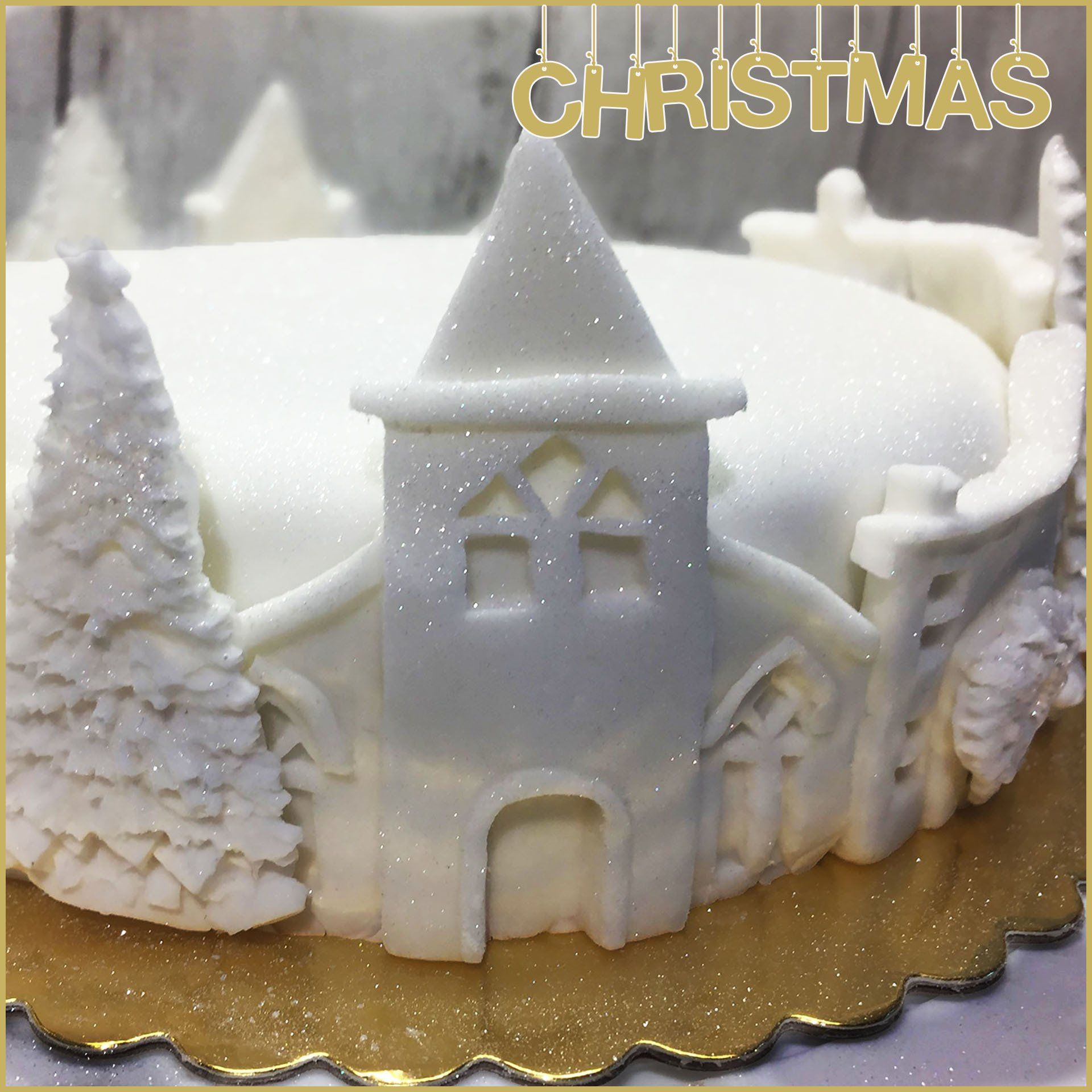The Most Plentiful Time in The Yearly Baking Calendar is Christmas
The Christmas Cake started its life as a Plum Porridge

It is the biggest celebration in the Christian World, notoriously lavishly spend on to create a magical feeling of warmth, plentiful and cosy atmosphere mixed with glitz and tinsel.
In the bakers' world it is the ultimate celebration of spice, nuts, citrus and marzipan. With most Christmas signature bakes dating well back and with their own meaningful traditions and rituals.
The traditional Christmas cake started its life first as plum porridge dressed with honey and dried fruit. Around the 16th century it became richer and spiced, the imported spices being a representation of the three wise men. With eggs added and a natural yeast, the cake started resembling a leavened fruitcake known as a Plum Cake. Wealthier households were able to allow for marzipan to cover the cake with, which resembles the Christmas cake today as we know it.
Interestingly the fondant was first invented with the only purpose to preserve the cake and was not intended as an edible part of it.
Yule Log starts its life as a Pagan tradition to mark the winter solstice festival as a tree trunk log burning. The symbolism of it morphed slowly and was adopted later on by Christian celebrating the birth of Jesus.
Yule log was brought into the home and placed into the fireplace to feed a fire that would last throughout the 12 days of Christmas. The log had to be sourced by the family for a prosperous year and it was considered bad luck to be bought instead.
The term Yuletide term nowadays refers to the Christmas season.
The edible Yule Log history is vague and unconfirmed but the most confirmed theory is that it was first created by Pierre Lacam who was the personal baker of Charles III of Monaco. He was the first to publish the recipe in his cookbook in 1895.
Another signature Christmas bake is the German Christstollen, which is a huge favourite in our home.
The very first version is the Dresden Stollen which dates back to 1329 as a result of a contest offered by the Bishop of Nauruburg. The local bakers took part with loaves enriched with the finest butter, sugar, spices and dried fruit. The Stollen became such an important tradition that it was cut and served with special, Stollen only utensils.
It is nowadays a regional protected pastry and only bakers from the Saxon capital area are allowed to bake Dresdner Christstollen. It has to satisfy the requirements of the Stollen Association created to protect the special pastry to ensure its quality and excellence.
There are many more to discover, bake and savour, like the Polish Babka, German Pfeffermusse Cookies, mulled wine cookies and Gingerbread, biscuits from Iceland Piparkokur, Danish Aebleskiver, Cougnov Christmas bread baked in Belgium, the Bulgarian Tikvenik, a strudel filled with walnuts and pumpkin.
I could never be able to list all the Christmas cakes, cookies and desserts that exist but I have a goal to research and bake as much as I can as part of my personal baking journey.
My kitchen smells amazing.
The Stollen is superb. The Christmas Cakes are still maturing.
Get in touch for your Christmas desserts.
I cherish each and every order!
Mina


